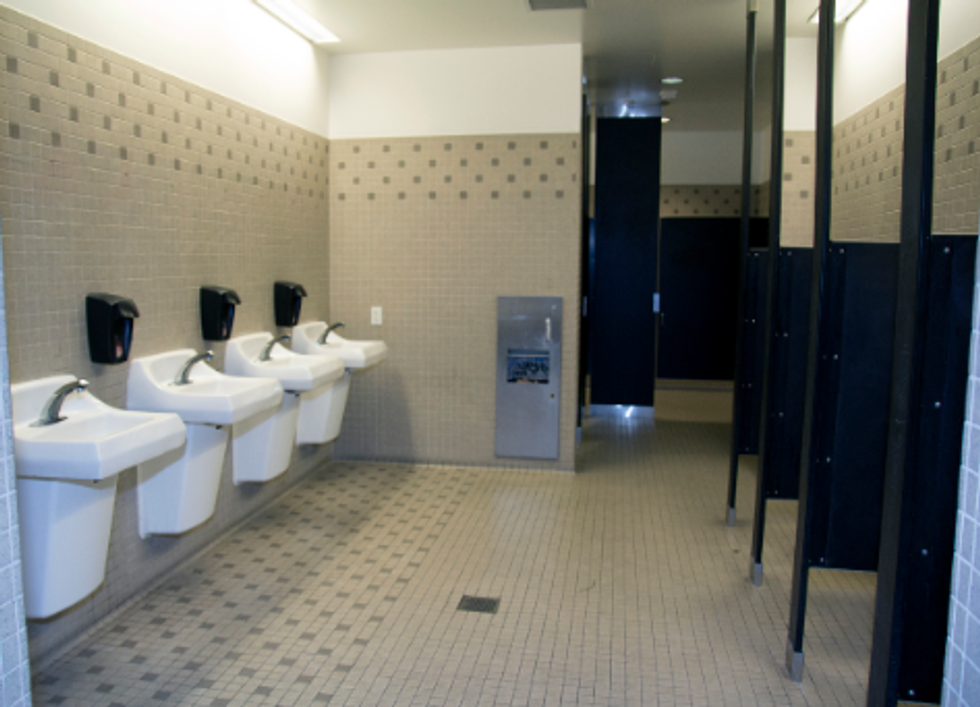Property, as well as any continuous enhancements linked to the land, whether natural or man-made, such as water, trees, minerals, buildings, residences, fences, and bridges, is referred to as real estate. A type of real property is real estate. Automobiles, boats, jewelry, furniture, and farm machinery are types of non-attached personal property. Although the phrases land, real estate, and real property are sometimes used indiscriminately, there are some important distinctions to be made as per Ronald Trautman. The term "land" alludes to the earth's surface, encompassing trees, minerals, and water, from the substratum to the center of the earth and upwards towards the airspace above. The term "real estate" refers to the land as well as any permanent man-made structures such as houses and other structures. The interests, advantages, and rights associated with the ownership of real estate are one of the two basic categories of property. The physical surface of the property, what is above and below it, what is irrevocably linked to it, and all ownership rights—including the right to acquire, sell, rent, and utilize the property—are all included in real estate.
Personal property, which includes any property that does not meet the concept of real property, should not be mistaken with real property according to Ronald Trautman. Personal property has the fundamental feature of being moveable. Vehicles, boats, furniture, clothing, and cellphones are all examples.
- Physical Characteristics As Per Ronald Trautman
Lack of mobility. Although some land can be withdrawn and the landscape altered, any area of land's geographical location cannot be altered. Indestructibility. The land is long-lasting and unbreakable. Uniqueness. There can't be two pieces of land that are exactly the same. Despite their similarities, each parcel is geographically distinct.
- Economic Characteristics As Per Ronald Trautman
The land has a number of unique economic features that impact its investment value:
The land is not regarded as scarce, yet the overall availability is limited.
Improvements: An improvement is defined as any modifications or alterations to the land or a structure that impact the property's value. The term improvements on the land refer to private improvements such as houses and fencing. Improvements to the property are enhancements of a public nature, such as pavements and sewer lines.
Investment permanence: Once land has been developed, the total capital and labor needed to construct the improvement represent a significant fixed investment. Even though a structure can be demolished, upgrades like drainage, power, water, and sewer lines are usually permanent since they are too expensive to dismantle.
Preference for a specific area or region: People's preferences and interests in a specific region are influenced by variables such as convenience, reputation, and history. One of the most significant economic aspects of land is its location as observed by Ronald Trautman. The location has a major impact on the price of the property.
Following are types of real estate:
- Residential real estate refers to any property that can be used for domestic purposes. Single-family apartments, condominiums, cooperatives, duplexes, townhouses, and multifamily dwellings with less than five separate units are examples of multifamily housing.
- Commercial real estate includes properties such as apartment buildings, service stations, grocery shops, clinics, hotels, workplaces, car parking, eateries, shopping malls, retailers, and theatres that are only utilized for business reasons.
- Any facility utilized for manufacturing, assembly, distribution, warehousing, or research & innovation is considered industrial real estate. Industries, power stations, and warehouses are just a few examples.
- Unused land, empty land, and farmland, such as fields, orchards, ranches, and forests, are all examples of land.
- Property utilized by the community, such as monuments, government facilities, libraries, playgrounds, religious buildings, and universities, is classified as special-purpose property.











 Photo by
Photo by 








